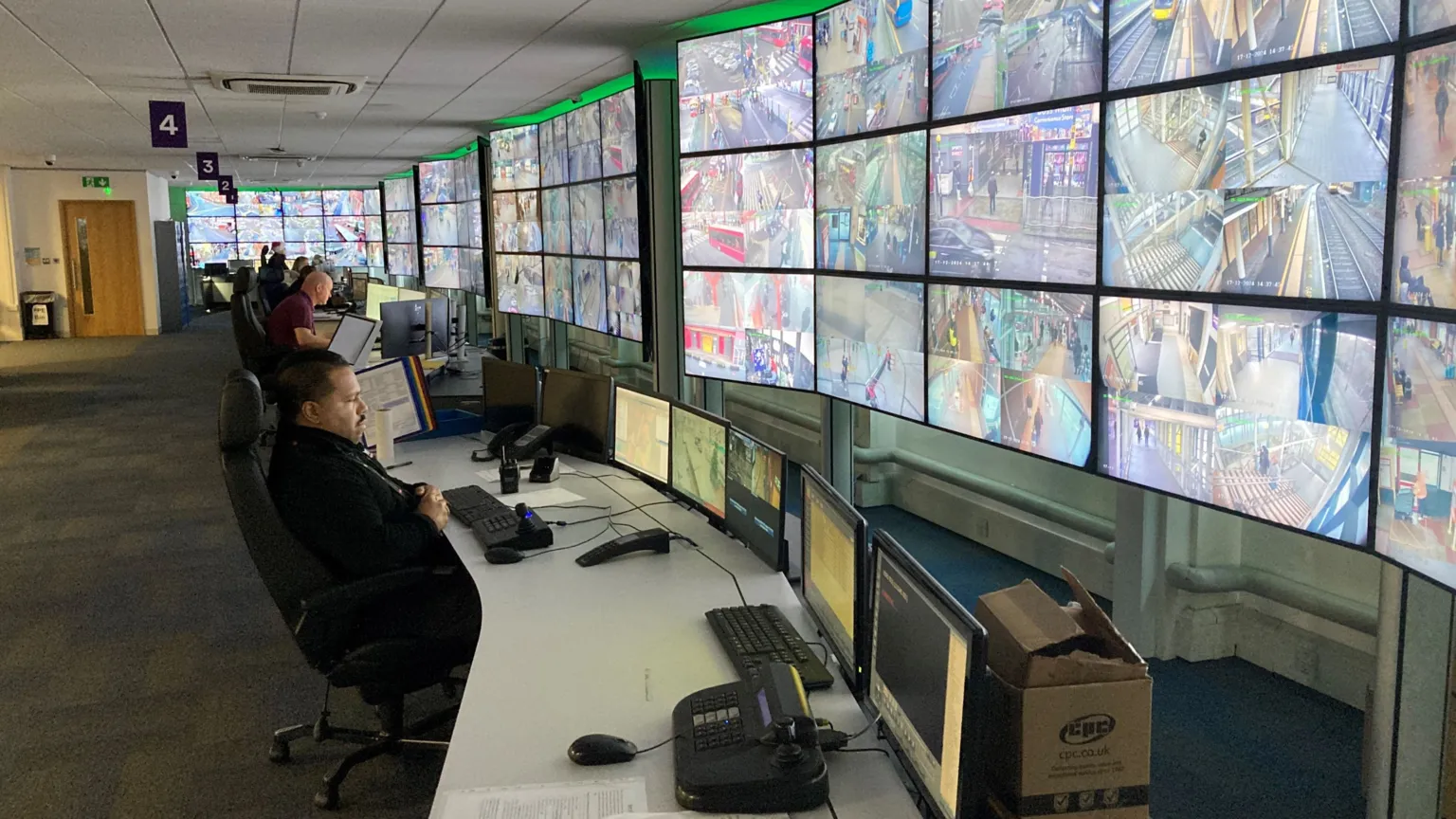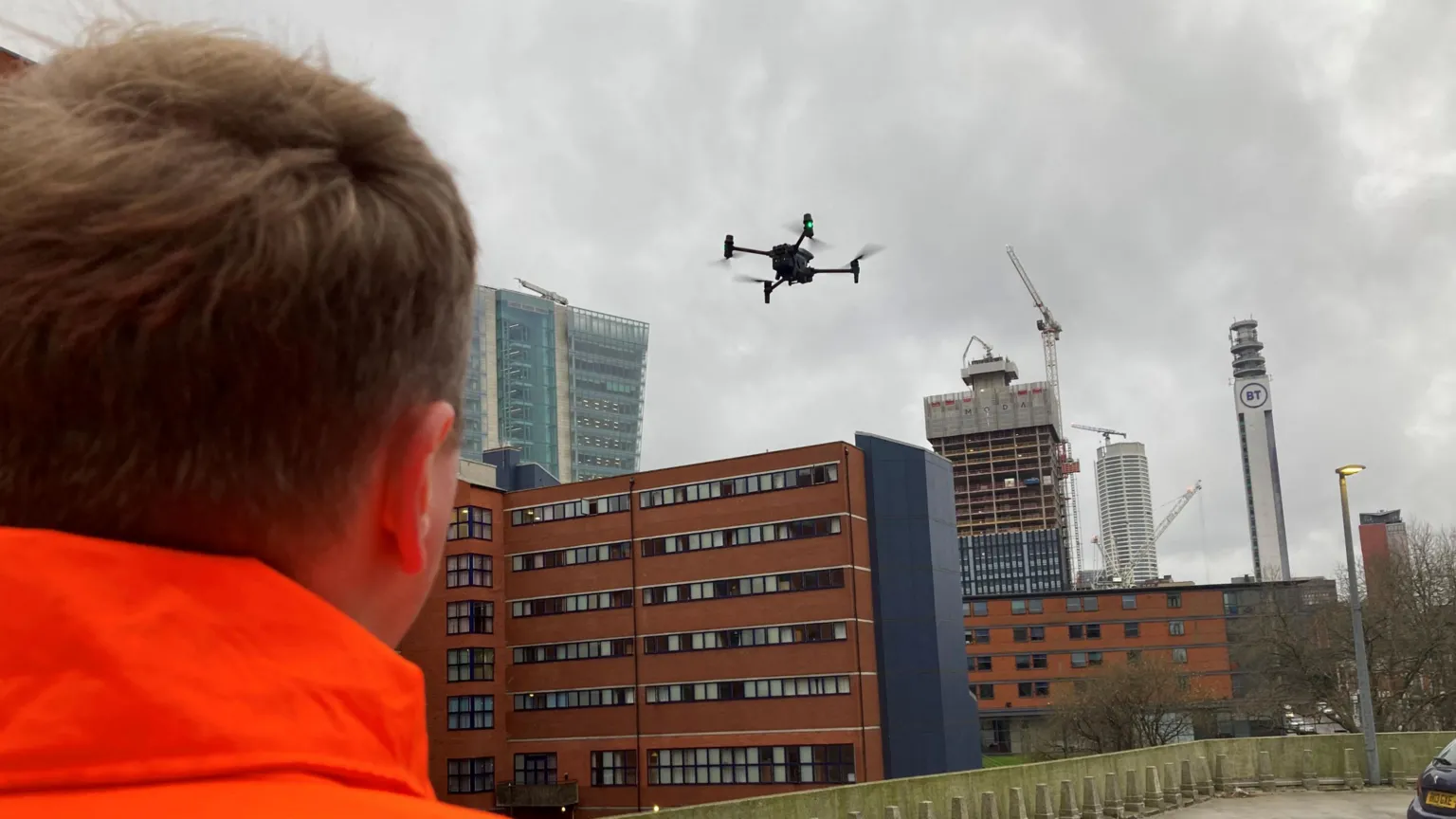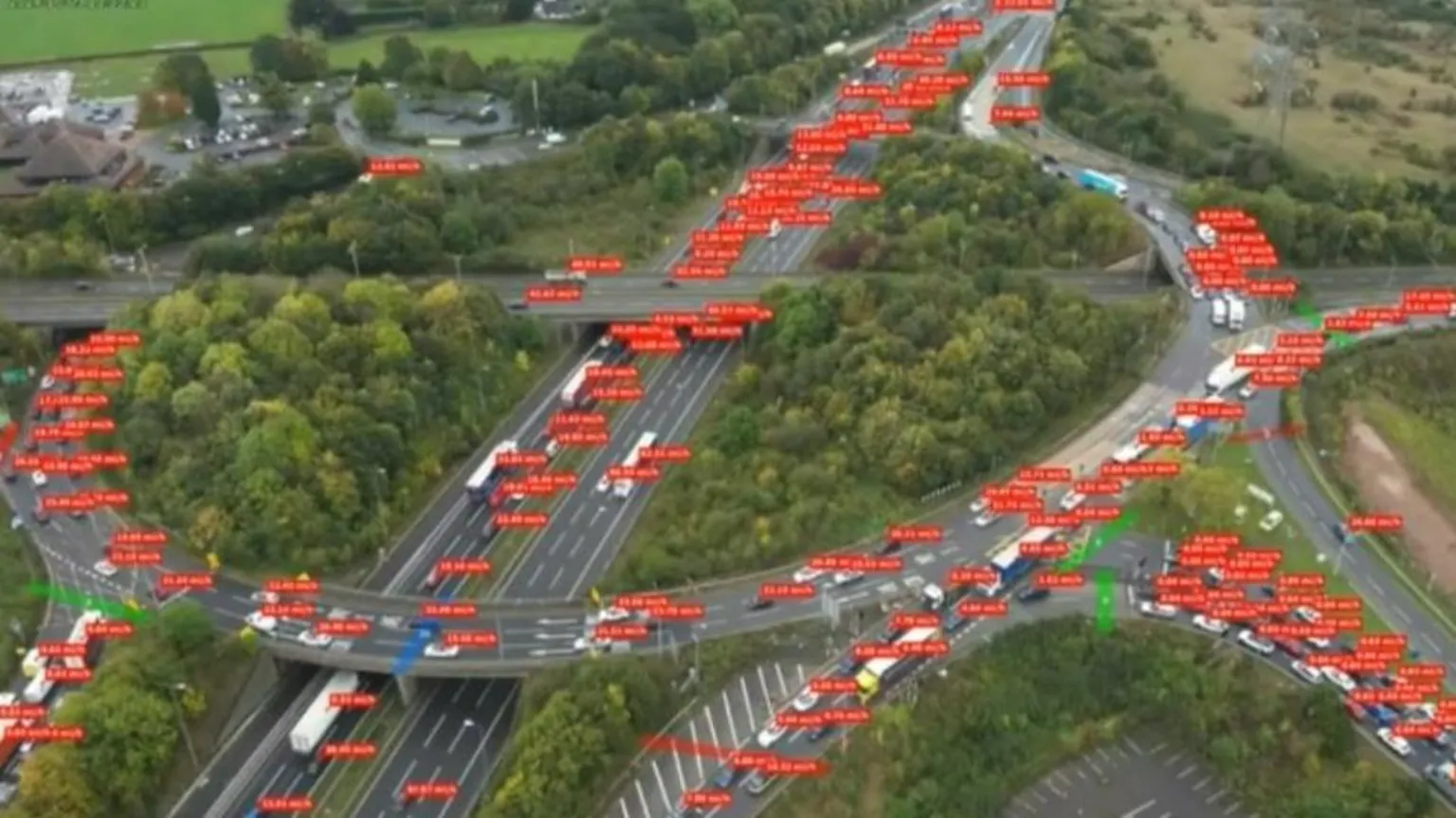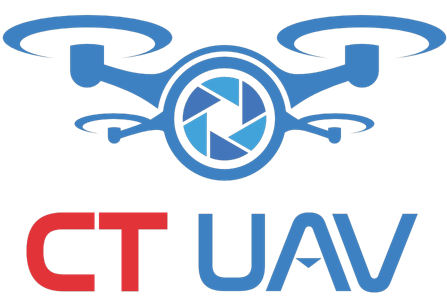Unmanned aerial vehicles (UAVs), commonly known as drones, are emerging as an indispensable tool for traffic management experts in West Midlands. By transmitting real-time aerial imagery to the traffic coordination center, these “eyes in the sky” facilitate timely decision-making to alleviate congestion and enhance road efficiency.
A Flexible Solution to Bridge the Gaps of Fixed Cameras
According to the West Midlands Transport Authority (TfWM), stationary cameras often fail to provide a comprehensive overview due to their fixed positioning and limited field of view. In contrast, drones offer unparalleled flexibility, maneuvering to strategic locations and capturing traffic conditions from multiple perspectives.
Kerry Blakeman, a representative of the West Midlands Drone Network, emphasized: “Drones provide a dynamic surveillance capability, allowing us to gain a holistic understanding of traffic patterns and implement precise interventions to mitigate congestion.”
Beyond emergency response scenarios such as accidents or road closures, these UAVs contribute to traffic flow analysis, enabling authorities to make data-driven adjustments to traffic control systems for optimal efficiency.
Artificial Intelligence and Aerial Surveillance for Traffic Optimization

Live footage from drones is monitored at the Regional Traffic Coordination Center in Birmingham.
Notably, artificial intelligence (AI) is integrated into the system to analyze vehicular movement patterns at key intersections, generating data-driven recommendations for infrastructure improvements.
Drones also serve as critical assets in post-incident assessments, offering crucial insights into road closures and accident aftermaths.

The drones can provide information after road closures and accidents.
One prominent example is the intervention at Roundabout No. 1 on the M5 motorway. Justas Vasiliauskas, a drone operations coordinator, explained: “Drone footage revealed severe congestion at this intersection. Promptly acting on this intelligence, we installed a new traffic light system, significantly improving traffic flow as anticipated.”

The drones send images back to be monitored by staff.
The efficiency of this initiative has garnered industry-wide recognition, earning an esteemed transportation sector award in the past autumn.
The Future of Drone Technology in Traffic Management
The deployment of drones for traffic monitoring underscores their immense potential in reducing congestion and optimizing roadway infrastructure. With their ability to provide agile surveillance, conduct rapid data analysis, and integrate AI-driven insights, these aerial “eyes” are poised to become an indispensable component of smart urban management in the years ahead.
Cre: BBC News
